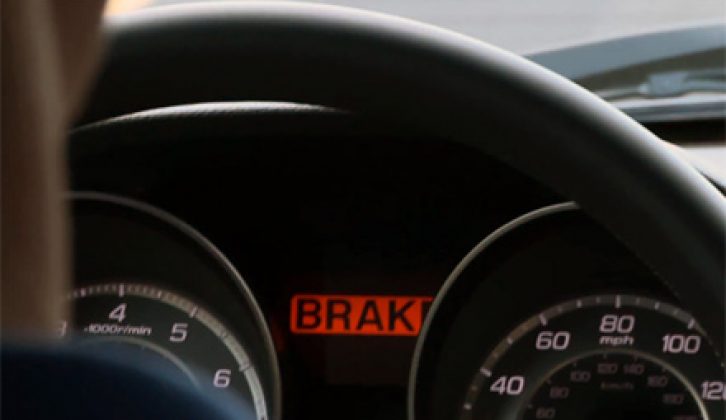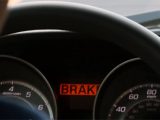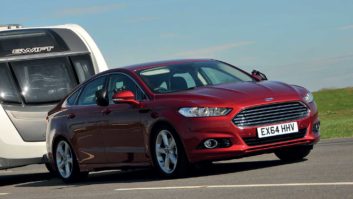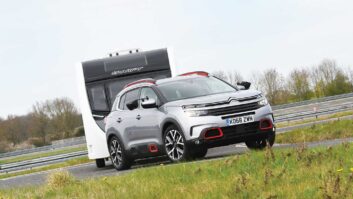[tl:gallery size=440×259]
The US Highway Loss Data Institute (HLDI) has published some interesting statistics about the effectiveness of various automatic car safety systems, such as lane departure indicators and collision-avoidance sensors.
The institute, which is a non-profit research organisation that publishes insurance loss statistics on behalf of the insurance industry, has access to vehicle databases that cover around 80% of all privately insured vehicles on US roads.
[tl:movies size=450×253]
Computerised systems that detect when a vehicle is about to wander out of lane, seem to do more harm than good, in that cars with such systems were involved in more accidents than those without.
This data directly contradicts the HLDI’s expectations for the effectiveness of such systems — it predicted that their introduction would prevent over 7,500 fatal accidents.
“Lane departure warning may end up saving lives down the road, but so far these particular versions aren’t preventing insurance claims,” said Matt Moore, vice president of HLDI. “It may be that drivers are getting too many false alarms, which could make them tune out the warnings or turn them off completely. Of course, that doesn’t explain why the systems seem to increase claim rates, but we need to gather more data to see if that’s truly happening.”
The HLDI didn’t look at data for vehicles with system that actively keep a vehicle in lane, however, just those that use cameras to track road markings and warn the driver when lane wandering is detected.
That said, Volvo’s computerised safety systems seem to behave as predicted and its cars with automatic safety features were involved in fewer accidents than other kinds of vehicle.
Its lane departure detection system is combined with collision detection though, and this latter safety measure also seems to have a beneficial safety effect.
Vehicles that automatically apply the brakes when an imminent front-end collision is detected were involved in fewer accidents, though only by 14% for Mercedes cars and 10% for Volvos. Systems that warn of a collision but take no automatic action reduced accident rates too, but by a much smaller amount.
Similar reductions in accident rates were found with vehicles that were fitted with adaptive headlights — those whose horizontal aim is based on the speed of the vehicle and the direction of the steering wheel.
The HLDI has so far only published the raw figures for the accident rates of different vehicles with different safety systems and there’s no accompanying explanation about why some systems seem safer than others.
“These analyses are the first to estimate real-world effectiveness of several crash avoidance technologies that have been filtering into the market recently,” said David Zuby, chief research officer at the Insurance Institute for Highway Safety (a partner organisation of the HLDI).
“While some results indicate the need for further investigation, it’s clear that certain systems, such as those that help drivers avoid collisions with the vehicle in front or better illuminate the road ahead, can play a role in making roads safer for everyone.









